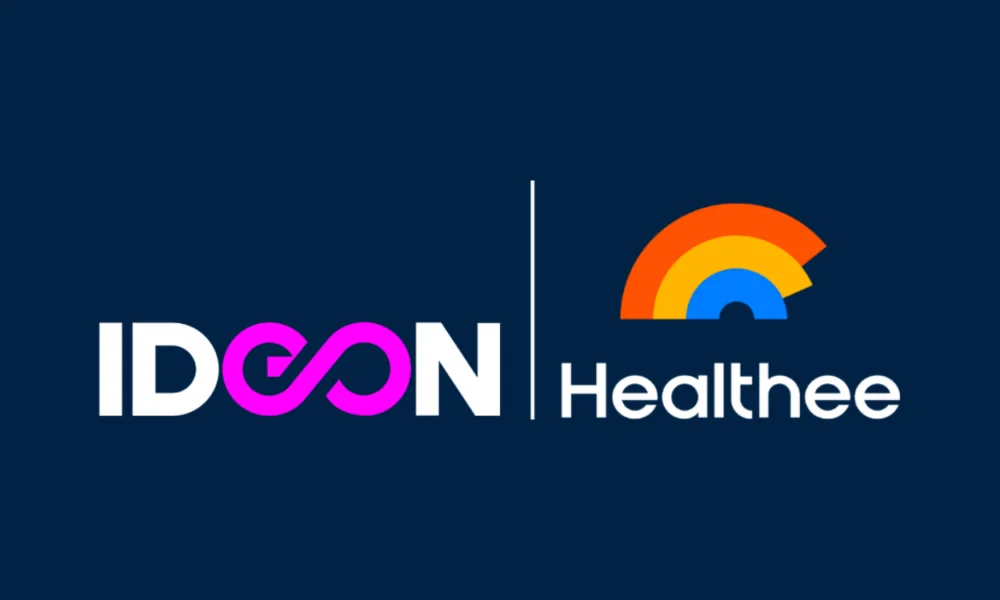Healthee and Ideon have partnered to reshape employee health benefits. By integrating Ideon’s provider data API with Healthee’s AI-powered platform, this collaboration enhances efficiency and real-time access to healthcare provider information.
New York, NY, August 5, 2024 — Healthee, a leading innovator in employee health benefits solutions, is excited to announce its strategic partnership with Ideon, the leader in data solutions for the health insurance and benefits industry. This collaboration is set to transform the way employees navigate their healthcare needs, delivering unparalleled efficiency and streamlined provider search capabilities.
At the core of Healthee’s offerings is its AI-powered platform, designed to simplify healthcare management for employees. By integrating Ideon’s cutting-edge API technology, Healthee will further enhance its ability to provide real-time, personalized health benefits information. This partnership will enable employees to make informed decisions about their healthcare needs with unprecedented ease.
“We are excited to join forces with Ideon to bring a more integrated and seamless experience to our users,” said Ron Zionpour, VP of R&D of Healthee. “Our commitment has always been to provide users with the most accurate and up-to-date data sourced from multiple highly trusted providers. By leveraging Ideon’s API platform, we can enhance our ability to deliver robust, real-time health benefits information, making healthcare navigation and provider discovery more efficient and less time-consuming.”
Ideon is renowned for empowering digital health and healthcare navigation platforms with the industry’s most accurate data on providers and network participation. By partnering with Ideon, Healthee can provide employees with instant access to up-to-date information on their health plans, network providers, and cost estimates for medical procedures. This integration will significantly reduce the administrative burden on HR teams and improve overall employee satisfaction with their health benefits.
“We are excited to partner with Healthee, a leader in healthcare and benefits innovation,” said Steve Swad, CEO of Ideon. “Our combined technologies will streamline the care navigation experience for employees, providing them with real-time, accurate data and insights that are crucial for making informed provider decisions.”
Through this partnership, Healthee will introduce several new features powered by Ideon’s API technology, including enhancements to the provider search experience with real-time access to robust data sets and healthcare provider information. These features will help employees better navigate their healthcare journey, optimize their provider selections, and ultimately lead to improved health outcomes and cost savings.
About Ideon
Ideon is the way health insurance carriers and employee benefits providers connect with technology partners to deliver seamless consumer experiences at every stage of the member journey. Ideon serves as the infrastructure simplifying the exchange of quoting, provider, and enrollment data between carriers and the technology partners, so they can deliver health and employee benefits to hundreds of millions of Americans everyday. Ideon transmits billions of data points between InsurTechs and insurance carriers, powering an amazing benefits experience for all. To learn more, please visit: www.ideonapi.com.
About Healthee
Healthee, a pioneering health tech company, is dedicated to reshaping the way employees interact with their healthcare. Harnessing the dynamic fusion of innovation and cutting-edge AI technology, Healthee strives to empower individuals in making informed decisions about their well-being, ultimately enhancing care outcomes and reducing overhead for all parties. For additional details, please visit Healthee.co or connect with us on Twitter, Facebook, LinkedIn, Instagram, and Youtube.


